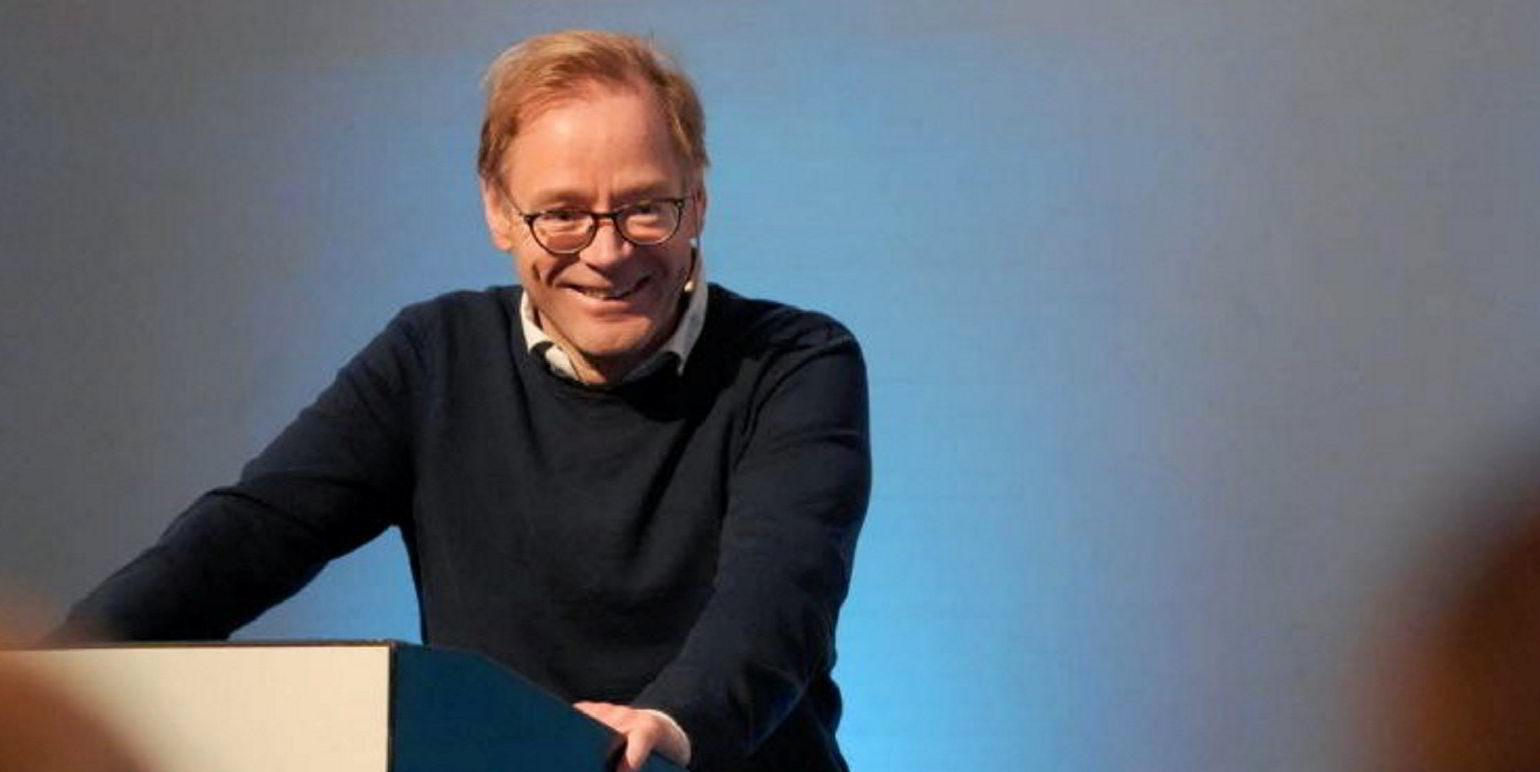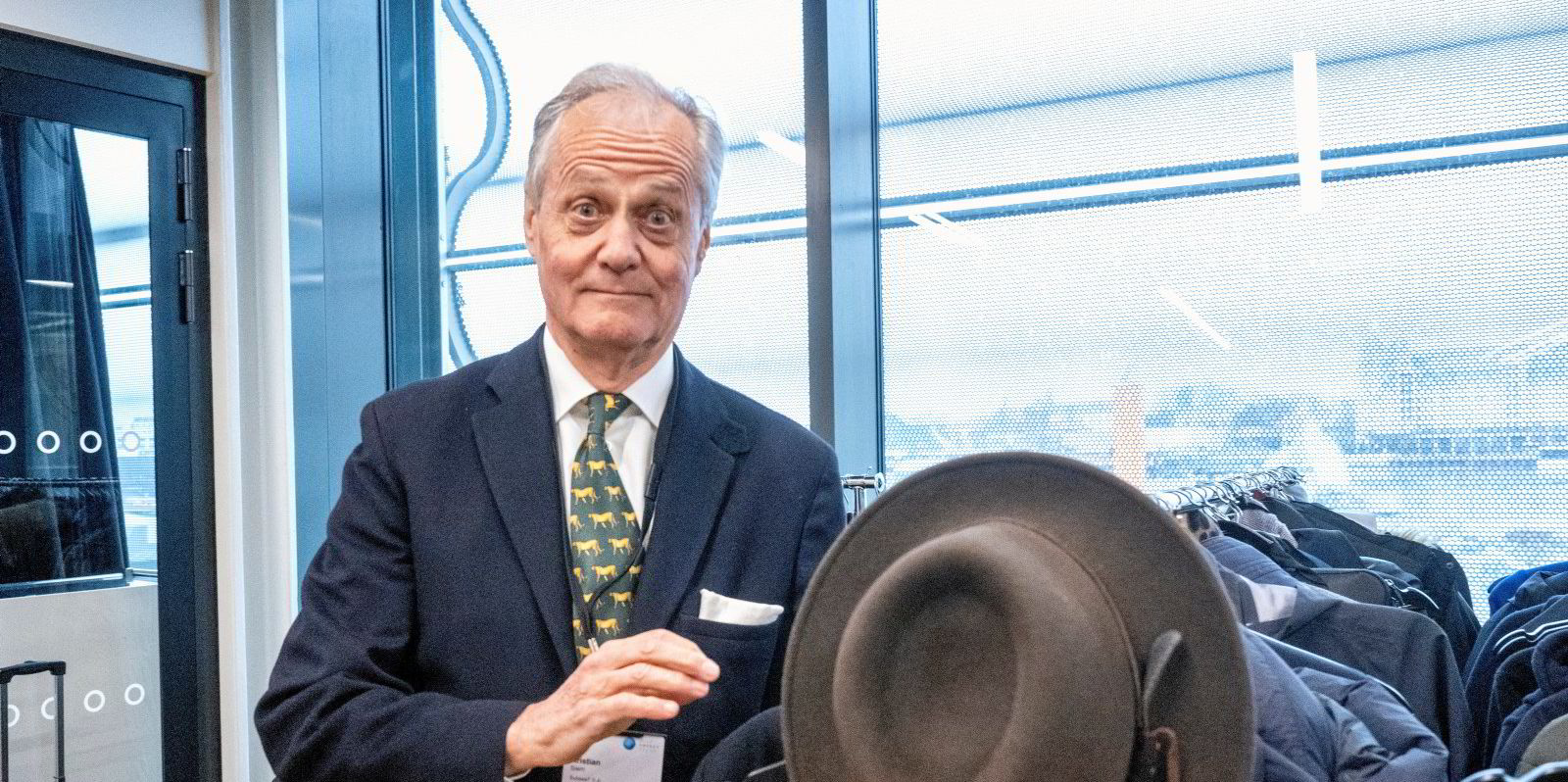Offshore vessel owners believe there is still room to push day rates higher.
During the DNB Energy & Shipping conference at the bank’s headquarters in Oslo, companies described a situation where charterers are still putting up a fight on contract terms, despite a lack of vessel availability.
Eidesvik Offshore chief executive Gitta Talmo said customers are willing to take ships on charter from 2025 onwards. But those deals do not always make sense for the company.
“We want to see solid returns,” she said. “Normally, they would come out with a tender and we all jump. But now we tend to sit more still.”
Tidewater chief executive Quintin Kneen said his company would be willing to commit to longer-term charters “but they just won’t pay”.
He said customers are reaching out earlier knowing vessel supply is limited, but that the terms and conditions are not workable from a risk-sharing perspective.
“If I’m able to get a long-term contract that’s not cancelable … I would definitely do it, as long as the rate was stepping up and I got inflation protection,” Kneen said.
“There is a real desire for our customers, from our perspective, to charter long. But they’re not giving us what it requires to charter long.”
This week, brokers reported anchor-handling tug supply barges were earning rates nearing $100,000 per day in early March, with Viking Supply Ships nabbing a £120,000 ($153,000) per day contract for three days firm with 11 days worth of options for a rig move in the UK.
Meanwhile, in its fourth-quarter earnings, Tidewater said its large PSVs were earning an average of $23,240 per day worldwide, with its fleet in the Americas topping $33,000 per day.
Additionally, many offshore vessel owners reported hundreds of millions of dollars in contract backlogs to close out 2023.
DOF Group chief executive Mons Aase said the company is “well-booked” for 2024 with the company reporting $515m in contract backlog for the year in its fourth-quarter earnings, plus another $453m in 2025 and $158m in 2026.
He expects the backlog to grow, even as far away as 2027 and beyond.
“Before I go on summer holiday this year, we will have built quite a bit of backlog in 26, 27 and perhaps even 28,” he said.
“And for those that don’t believe this cycle will be longer than 26, they see the industry is moving in that direction that you can do very nice rates with duration well into 28 and 29.”





